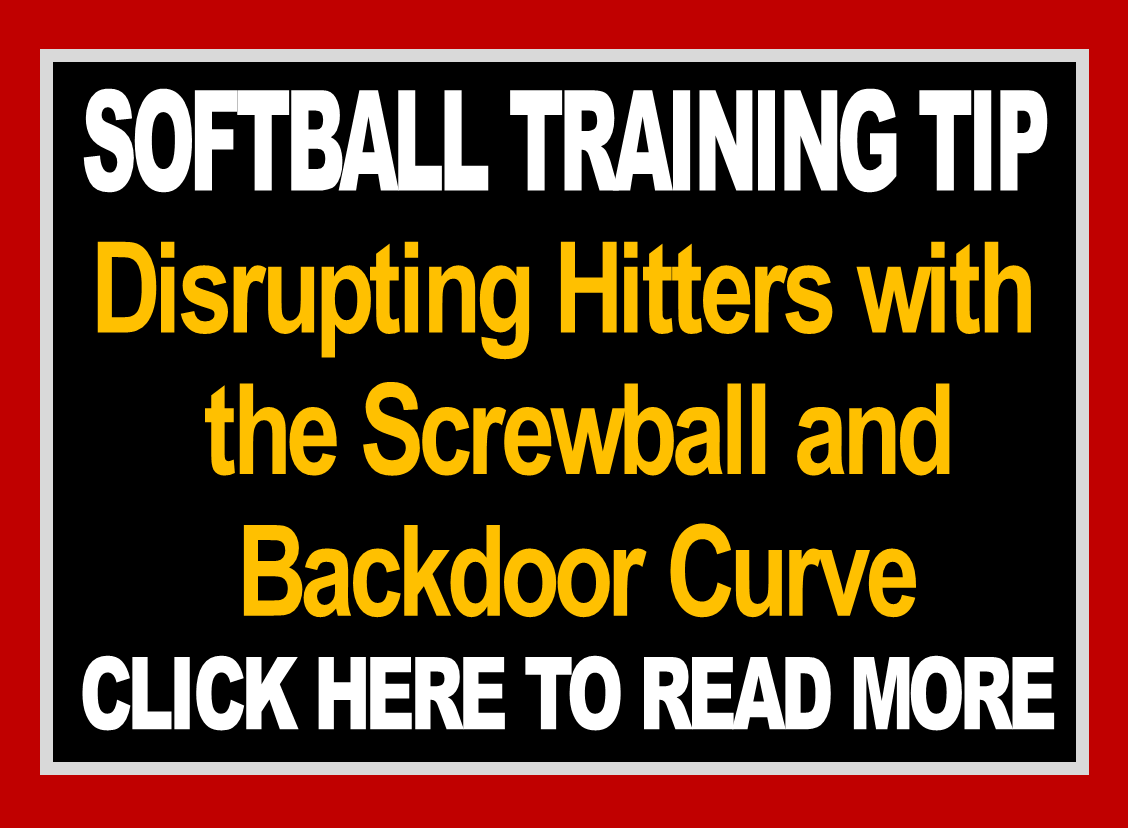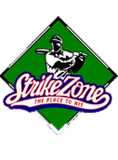
17 Oct Disrupting Hitters with the Screwball and Backdoor Curve
Most pitchers use the curveball to attack one side of the plate and the screwball to attack the other.
Since hitters know this strategy, discover how to mix it up to keep hitters off balance.

First off, let’s start with an explanation of what these two pitches are and how they move. From a right handed pitcher the curveball moves toward her glove hand, or away from a right handed hitter while the screwball moves toward a right handed hitter or toward her throwing hand. The way these two pitches move in their typical fashion are shown to the right.
But these are very traditional and therefore very predictable ways for both of these pitches to be thrown.
So I want to suggest another way to utilize these pitches that is more challenging, and offers more ability for the pitcher to dominate each side of the plate and keep the hitters off balance.
The Screwball from a right handed pitcher, attacks the inside part of the strike zone of a righthanded hitter – but it usually goes more inside and UP than the curveball, which goes more inside and middle or inside and down. The screwball goes toward a right handed hitter while the curveball goes away from a right handed hitter.

Now, instead of simply throwing a curveball to the outside part of the plate have your pitcher try throwing it on the inside part of the plate to a right handed hitter (from a right handed pitcher). In softball, we call this type of pitch is called a Backdoor Curve. It’s really just an inside curveball so you can call it whatever you want as long as your pitcher knows what you’re talking about, and more importantly, the few keys to throwing it.
Backdoor Curveball:
- Moves away from a righthanded batter, just like the regular outside curveball does.
- It starts on the inside portion of the plate and then breaks slightly toward the middle.
- Attacks the inside part of the plate – and usually low inside (from a righthanded pitcher to a righthanded batter).
- The key to throwing this pitch is to keep your release and follow through on your right leg (if a right handed pitcher) instead of allowing your follow through to carry across your body.
- This limited follow through prevents this pitch from moving too much and causing it to move over the middle of the plate.



